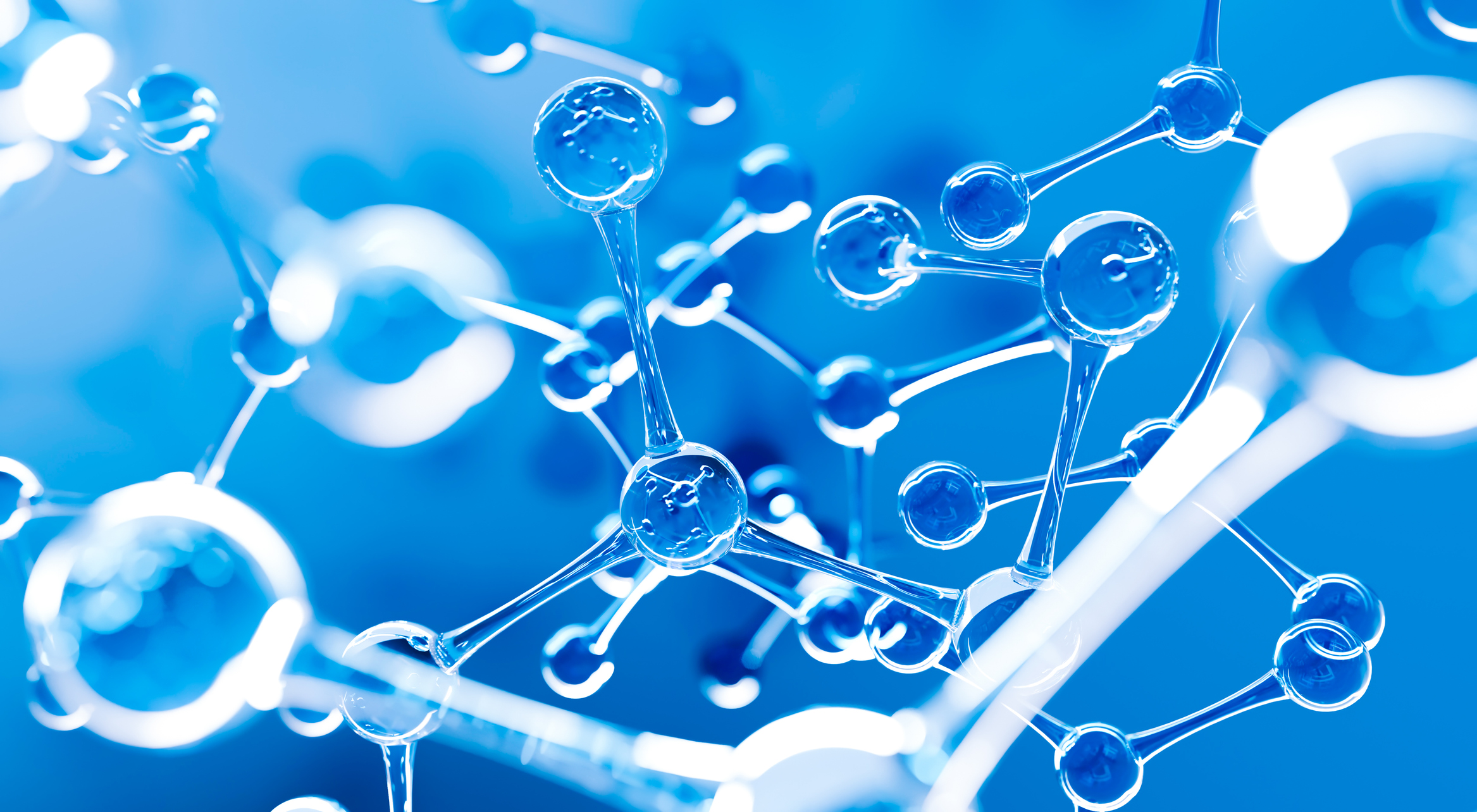
In the real-life laboratory: everything you don't know is chemistry
A journey through everyday life that allows us to recognise the invisible importance of chemistry for an increasingly comfortable, safe and sustainable world.

When you wake up, you're already in the laboratory
The alarm clock rings, interrupting your sleep. We get up, stumbling through the bedroom to the kitchen, guided by the aroma that begins to escape from the coffee machine.
This welcoming and invigorating smell is not just a happy coincidence, but the result of a complex combination of aromatic molecules produced during the roasting of the beans. Among these compounds are chlorogenic acids, responsible for the characteristic flavour of coffee. While we wait, our brains react to the stimulating aroma, anticipating the moment when caffeine will block adenosine receptors, banish tiredness and prepare us for the day ahead.
And so, without realising it, we begin the day in a kind of “real-life laboratory”, where chemistry is essential.

The invisible chemistry of routine
After the first dose of caffeine, we head to the kitchen sink to take care of some dishes that are still waiting to be washed. The foam covering the dishes seems like a simple thing, but it is the result of sophisticated chemical engineering. Surfactants, molecules that reduce the surface tension of water, allow it to mix with fats and remove them from surfaces. Each bubble is a demonstration of applied chemistry, working to simplify our lives.
Still in this morning routine, you probably apply a moisturising cream to your face. This is an emulsion carefully stabilised by chemical compounds that ensure that the aqueous and oily phases do not separate, providing a pleasant and long-lasting texture. Stabilisers and emulsifiers, such as lecithin or polysorbates, work discreetly to ensure the effectiveness of many of the products we use and ingest every day.
The clothes we choose to wear are also a triumph of modern chemistry. Synthetic fibres such as polyester and polyamide are polymers specially developed for strength, thermal comfort and durability. Even natural fibres such as cotton undergo chemical treatments to gain specific properties such as waterproofing or crease resistance.

The digital world is also molecular
When it's time to look at our mobile phones and check the latest messages or news, we rarely think that this device we take for granted is the result of decades of chemical advancement. At the heart of smartphones is the lithium-ion battery, composed of carefully selected substances such as graphite – one of the most electrically conductive and heat-resistant materials known – in the anode (where the charge enters the device) and metal oxides, usually cobalt, nickel or manganese, which cause chemical reactions in the cathode, where the current exits. Between them is a liquid or gel electrolyte that facilitates the movement of ions during the charge and discharge cycles.
Each touch on the screen also activates a thin layer of liquid crystals or organic LEDs (OLEDs), which rely on specific molecules to generate light and images. Behind this display, semiconductors – silicon-based materials to which small amounts of elements such as phosphorus or boron are added – control the electrical current that allows us to run applications, take photos and communicate instantly with people around the globe.

Chemistry is invisible, but indispensable
If it surrounds us and helps to make all areas of our daily lives easier, why is chemistry so often overlooked? Perhaps the answer lies in its invisibility... Chemistry works so well, is so effective and discreet, that it goes unnoticed.
Behind this invisibility lies more than a century of development by an industry that works continuously to make products increasingly safe and sustainable in our daily lives.
The surfactants used in modern detergents are designed to be biodegradable, reducing their environmental impact when they reach rivers or seas. New-generation batteries increase energy efficiency and are now safe enough to fit in the palm of our hand or power our family transport.
Industrial chemical processes have evolved to be cleaner and more efficient, reducing the emission of hazardous waste and using catalysts that accelerate chemical reactions with less energy consumption. This constant progress in safety and sustainability is the true legacy of modern chemistry - a legacy that is almost always invisible, but deeply valuable.

It's time to recognise chemistry
The time has come to change the way we look at chemistry. Our morning coffee, dishwashing detergent, moisturising cream, the clothes we wear, the mobile phone we use – all of these are chemistry. By putting on our “laboratory glasses” in our everyday lives, we quickly recognise the critical and positive importance of chemistry in our lives.
Every molecule that simplifies our routines, every chemical reaction that improves product safety, is a small miracle of ingenuity and science. Recognising this not only enriches our understanding of the world but also allows us to appreciate even more the silent efforts of scientists, chemists and engineers.
Because, at its core, chemistry is exactly that: the invisible power that makes the modern, safe and comfortable life we enjoy today possible. Perhaps the next time we wake up to the aroma of fresh coffee or put on a soft, durable piece of clothing, we will remember that these small pleasures are the result of chemistry. The best chemistry possible.








